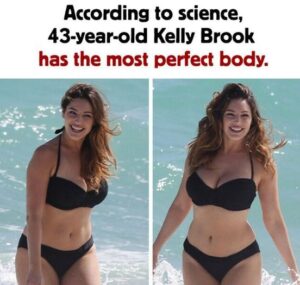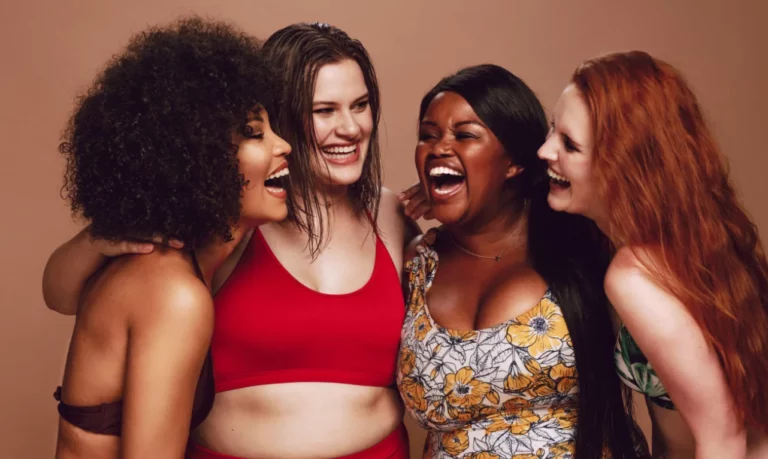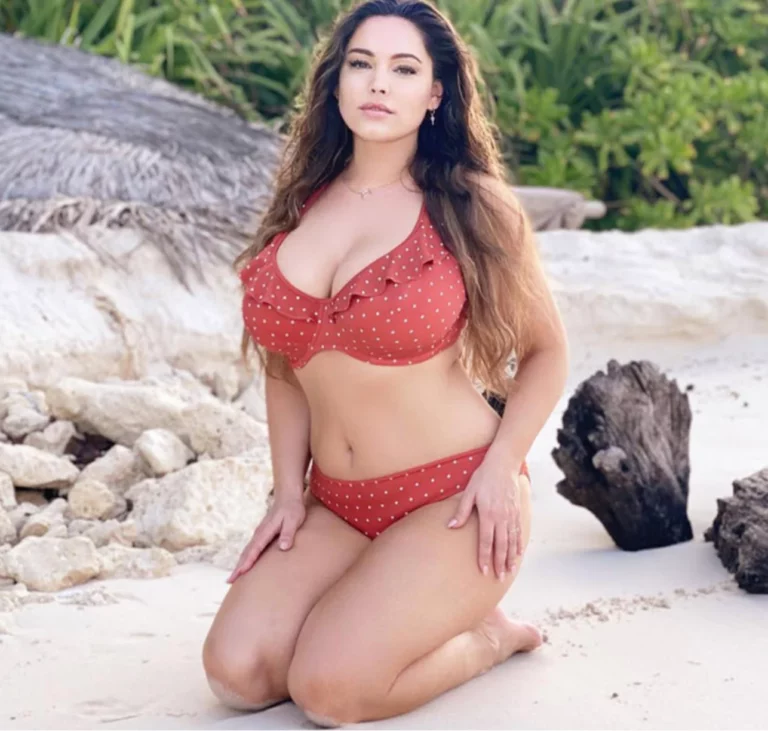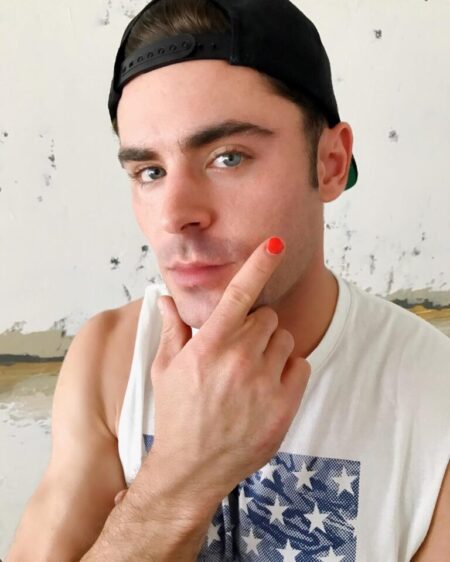Beauty might be said to be only skin deep, but its impact on our emotions is undeniable. While it’s important not to judge others solely based on appearance, there’s no denying the profound effect that beauty can have on our perceptions and feelings.
The ideal image of female beauty has undergone significant transformations over time. Sixty to seventy years ago, Marilyn Monroe epitomized beauty with her curvaceous figure and glamorous style. Over the centuries, society’s standards for the perfect woman have continually evolved, reflecting changing cultural values and aesthetic preferences.
Changing Portrayals of Beauty

In recent decades, the portrayal of the ideal woman has shifted dramatically. The 1980s celebrated curvy and athletic figures, while the 1990s emphasized an extremely thin physique with an almost translucent skin tone. Today, beauty standards are influenced by scientific research, setting trends that reflect a consistent underlying ideal but with evolving characteristics.
Scientific Insights into Beauty

Researchers at the University of Texas conducted an extensive study to uncover the scientific standards for the perfect female body. Their research provides measurable benchmarks for modern beauty, offering a data-driven perspective on what is often considered ideal. According to their findings, the ideal measurements for a woman are as follows:
- Height: 1.68 meters (5’5”)
- Bust: 99 cm (38.9 inches)
- Waist: 63 cm (24.8 inches)
- Hip: 91 cm (35.8 inches)
These measurements reflect a particular standard of beauty that resonates with contemporary societal trends.
The Face of Modern Beauty

If these measurements evoke an image of a well-known figure, Kelly Brook fits the description perfectly. As a model, actress, and media personality, Brook embodies the scientific standards of beauty described in recent research. Her career and public image reflect the ideal characteristics that researchers have identified as representative of modern beauty.
The Dynamic Nature of Beauty
While beauty standards continue to evolve, the fascination with ideal physical attributes remains a constant aspect of human culture. Understanding these trends provides insight into the shifting perceptions of attractiveness and highlights the complex interplay between societal values and individual preferences.






